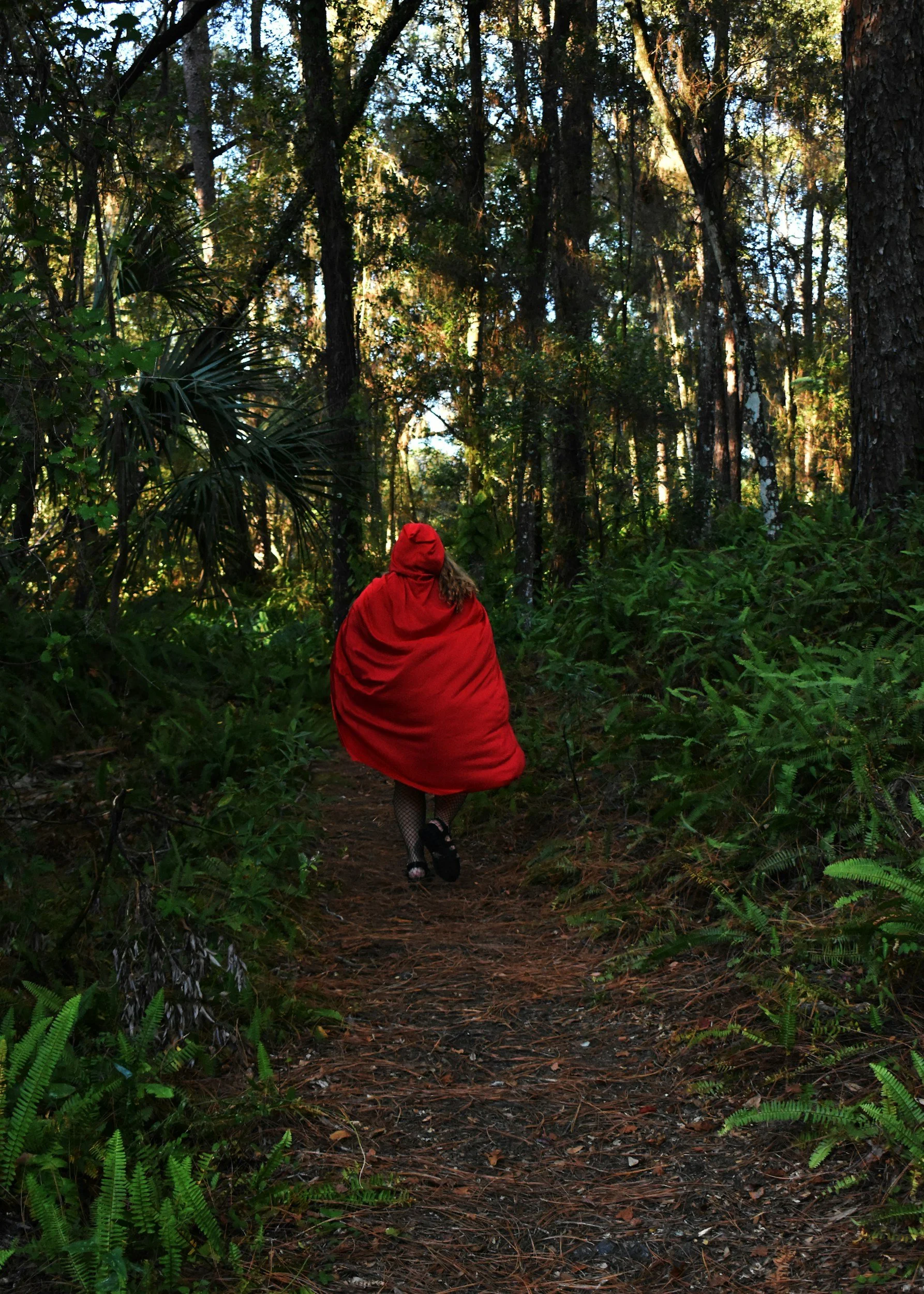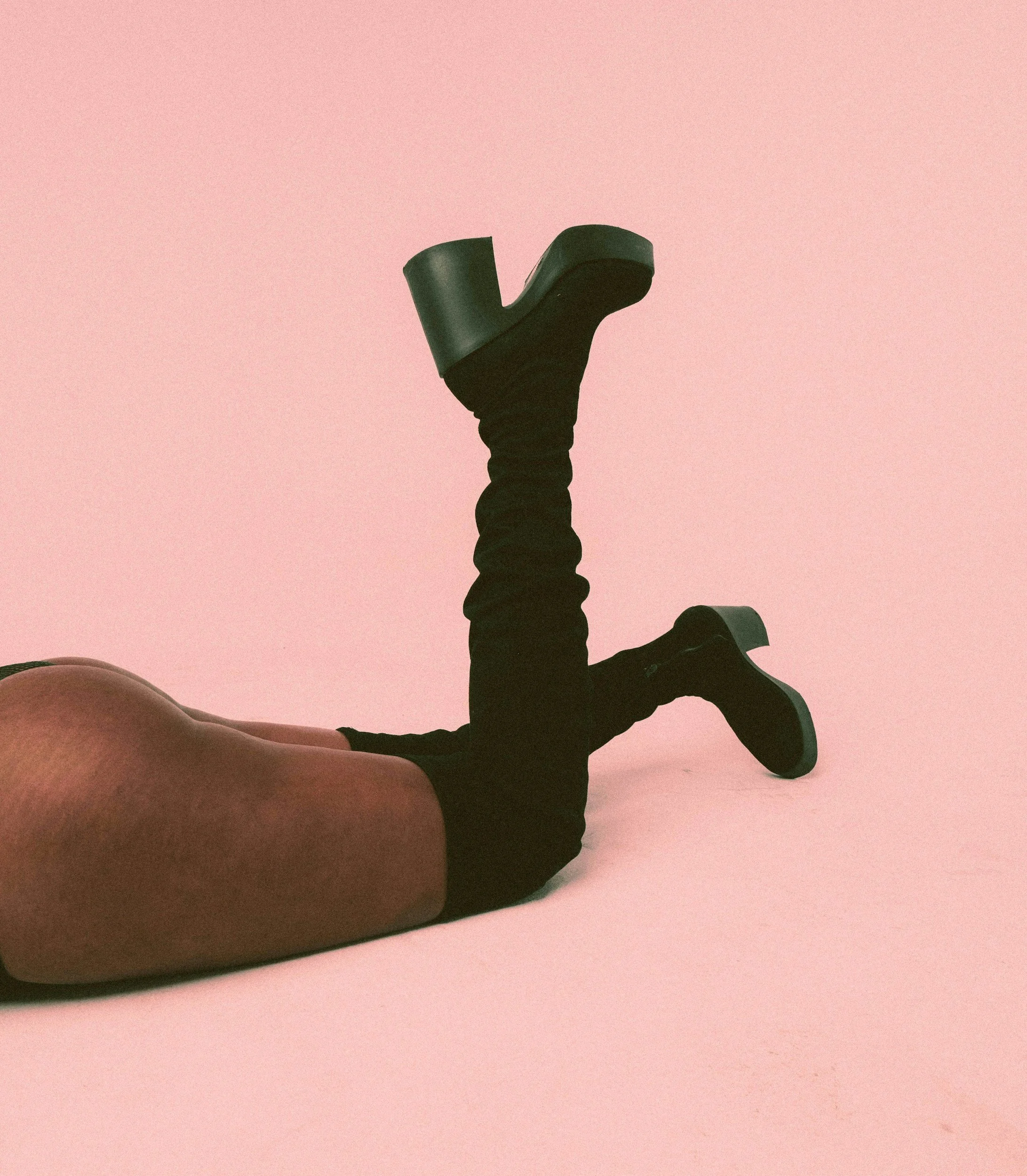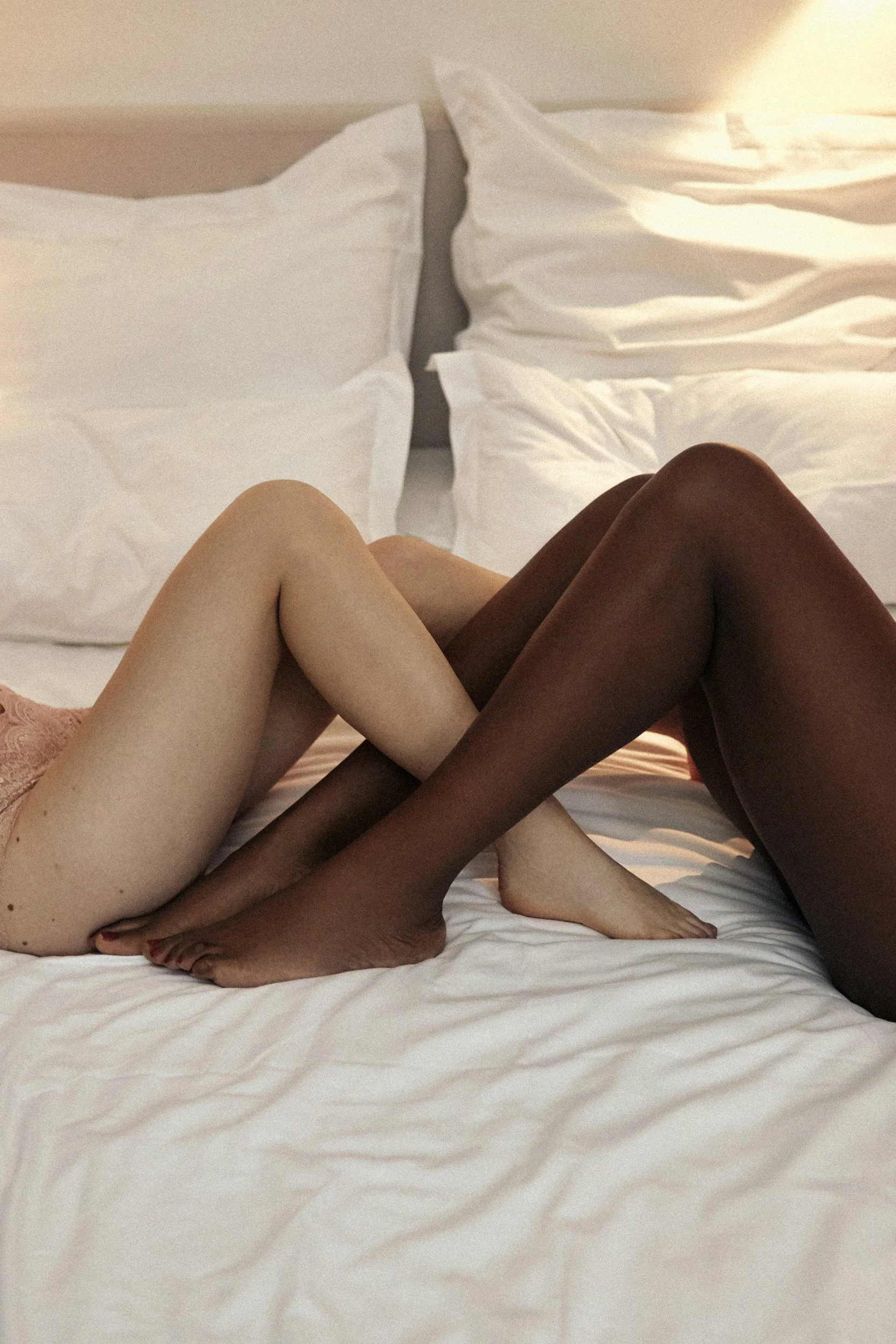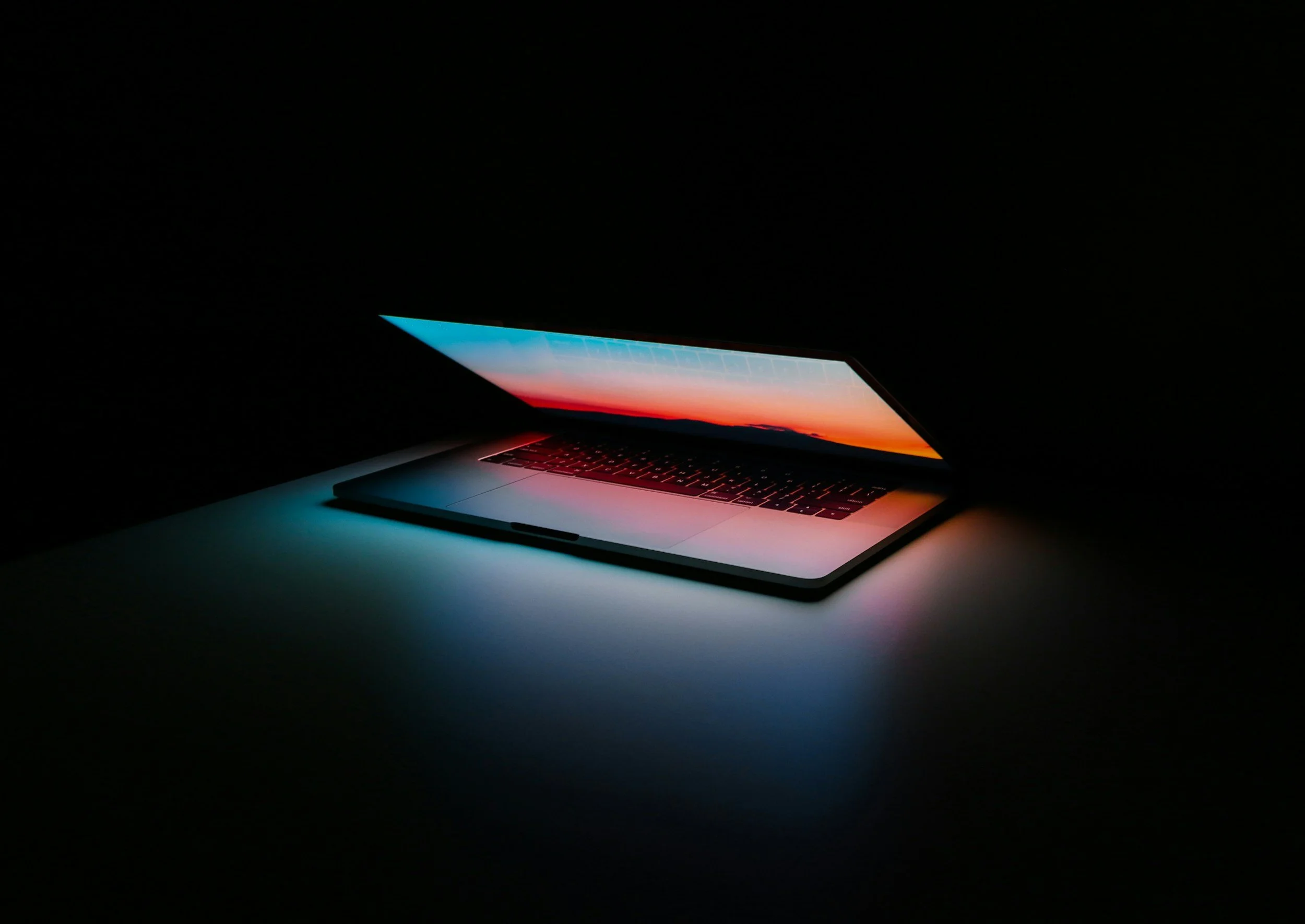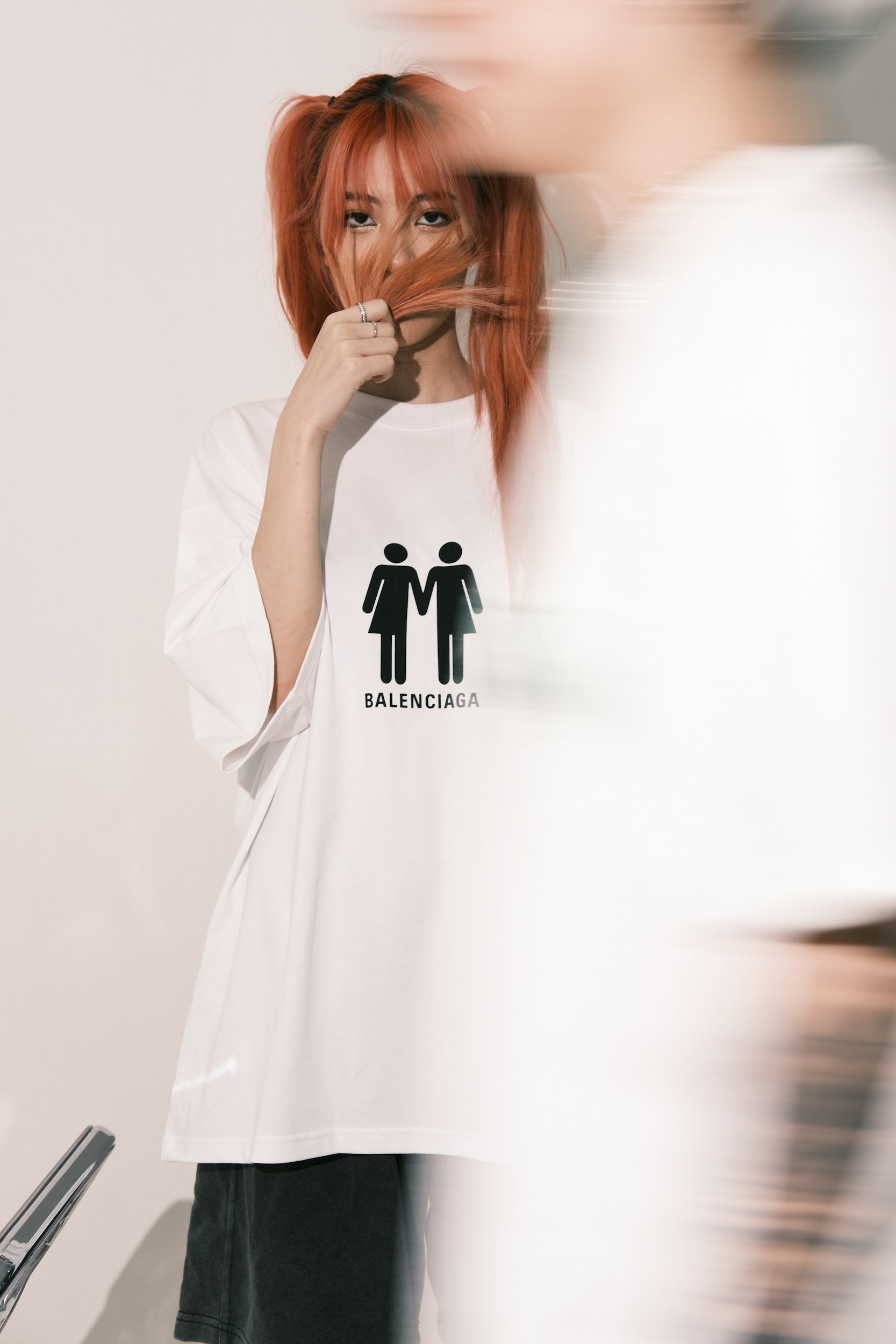Digital Intimacy: How Emojis Became the Language of Lust
More Than Just 🍑 and 🍆
Emojis are everywhere. They punctuate our texts, captions, and DMs—but they do more than just decorate our digital conversations. In the realm of intimacy and flirtation, emojis have become a kind of shorthand for desire, seduction, and vulnerability.
This isn’t just about playful symbols; it’s about how technology shapes human connection. From suggestive glances to full-blown sexting, the modern language of lust is increasingly pixelated. This article dives into the psychology and cultural impact of emojis as tools for erotic expression.
The Birth of Symbolic Intimacy
Emojis emerged in Japan in the late 1990s, originally as a way to add emotion to dry digital text. But as mobile messaging grew, so did the role of these icons. Emojis provided a visual layer of meaning that plain words often lacked—a way to signal playfulness, irony, or flirtation without saying too much.
In psychology, this is known as paralinguistic communication: the subtle emotional cues that support language. Emojis have become the digital equivalent of tone, facial expressions, and body language.
Why We Flirt With Icons
So why use a 🍊 instead of spelling out "I'm into you"? The answer is in ambiguity. Emojis allow for flirtation without commitment. You can express desire playfully, safely, and with plausible deniability.
Psychological advantages of emoji-based intimacy:
Reduced vulnerability: Emojis allow emotional expression without full exposure
Increased creativity: They let users co-create inside jokes or erotic metaphors
Cognitive efficiency: The brain processes images faster than text, boosting emotional impact
Moreover, the use of emojis activates the brain's mirror neuron system, engaging us emotionally as if we're receiving real facial cues.
Sexting Lite: The Rise of Emoji Erotica
For many, emojis have become a safe entry point into erotic digital play. Rather than sending explicit texts or photos, users exchange layered combinations of icons that suggest desire without being overt.
Common pairings include:
🍎 + 🍇 = Foreplay
🍎 (Red Apple): Often symbolizes temptation, referencing the biblical story of Adam and Eve. It represents the initial lure or first bite of desire.
🍇 (Grapes): Grapes evoke sensuality, indulgence, and slow, tactile enjoyment. They’re juicy, clustered, and often associated with luxury or hedonism.
Together: This pairing suggests a playful invitation into sensual exploration—temptation followed by indulgence. Think slow kisses, teasing, the build-up phase of intimacy.
🤡 + 💋 = Kinky Flirtation
🤡 (Clown Face): This one’s unexpected. It symbolizes playful chaos, absurdity, or taboo humor—often used in kink or “alt” communities to suggest subversion or unconventional desire.
💋 (Kiss Mark): Classic sign of affection, seduction, and flirtation.
Together: This combo implies flirtation with a twist—seduction wrapped in surprise, roleplay, or irreverent kink. It’s a cheeky way to signal “I’m into something a little wild or offbeat.”
💕 + 🌺 = Emotional and Sensual Intimacy
💕 (Two Hearts): Represents emotional closeness, affection, or blossoming romantic energy.
🌺 (Hibiscus Flower): Symbol of beauty, femininity, and sensuality—often associated with softness, exotic allure, and touch.
Together: Aesthetic and emotionally rich, this pairing speaks to deep connection with sensual layers. It’s less about raw lust and more about slow-burning intimacy and emotional safety paired with eroticism.
This type of communication can reduce anxiety, especially in newer relationships or across cultural boundaries where directness may feel inappropriate or risky.
Cultural Variations and Emoji Literacy
Like any language, emoji use varies across regions, genders, and age groups. What reads as seductive in one context might seem childish or confusing in another. Emoji literacy—the ability to use and interpret icons effectively—is a skill shaped by digital culture.
Psychological insight:
Women tend to use more emotive and relational emojis
Men are more likely to use humor or innuendo-driven icons
Younger users tend to create hybrid emoji codes, mixing pop culture with private meaning
The Dark Side: Miscommunication and Consent
While emojis can enhance intimacy, they can also blur lines. A winking face may be playful to one person and predatory to another. This can lead to miscommunication, especially in cross-cultural or power-imbalanced conversations.
It’s important to remember:
Emojis lack context unless paired with clear verbal communication
Consent still applies in digital spaces, emoji or not
Misinterpretation is common, especially when emotional stakes are high
Glossary: Emoji-Speak 101
🍆 (Eggplant): Often used to represent a penis or male sexuality.
🍊 (Peach): Commonly symbolizes buttocks or feminine curves.
❤️ (Red Heart): Romantic love, deep connection.
🍒 (Cherry): Symbol for virginity or sexual awakening.
😉 (Wink): Suggestive tone or flirtation.
😏 (Smirk): Used to convey playful seduction or naughty intentions.
🥒 (Cucumber): A phallic stand-in, often used with humour.
😳 (Flushed Face): Embarrassment, arousal, or shyness.
💦 (Sweat Droplets): Implying heat, intensity, or sexual activity.
Simply Put: Tiny Icons, Big Feelings
In the age of digital connection, emojis have become powerful tools for intimacy. They let us test boundaries, share emotions, and express erotic interest in nuanced, playful ways. Far from trivial, these symbols reflect deep shifts in how we navigate desire and emotional connection.
Whether you're sliding into DMs or rekindling romance from across the globe, chances are you’re doing it with an emoji or two. Just remember: as with any language of intimacy, it’s not just about what you send—it’s about being understood.

